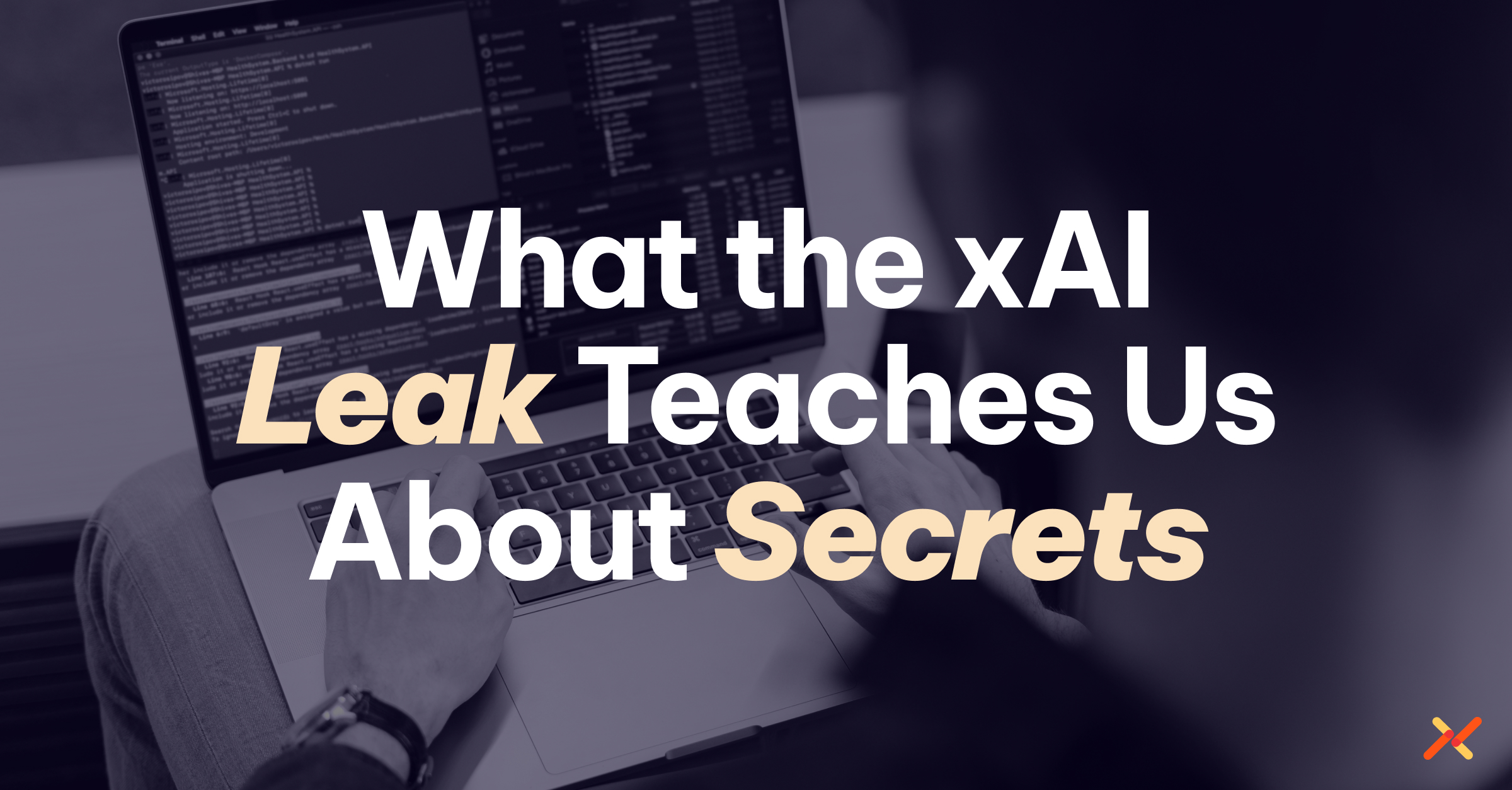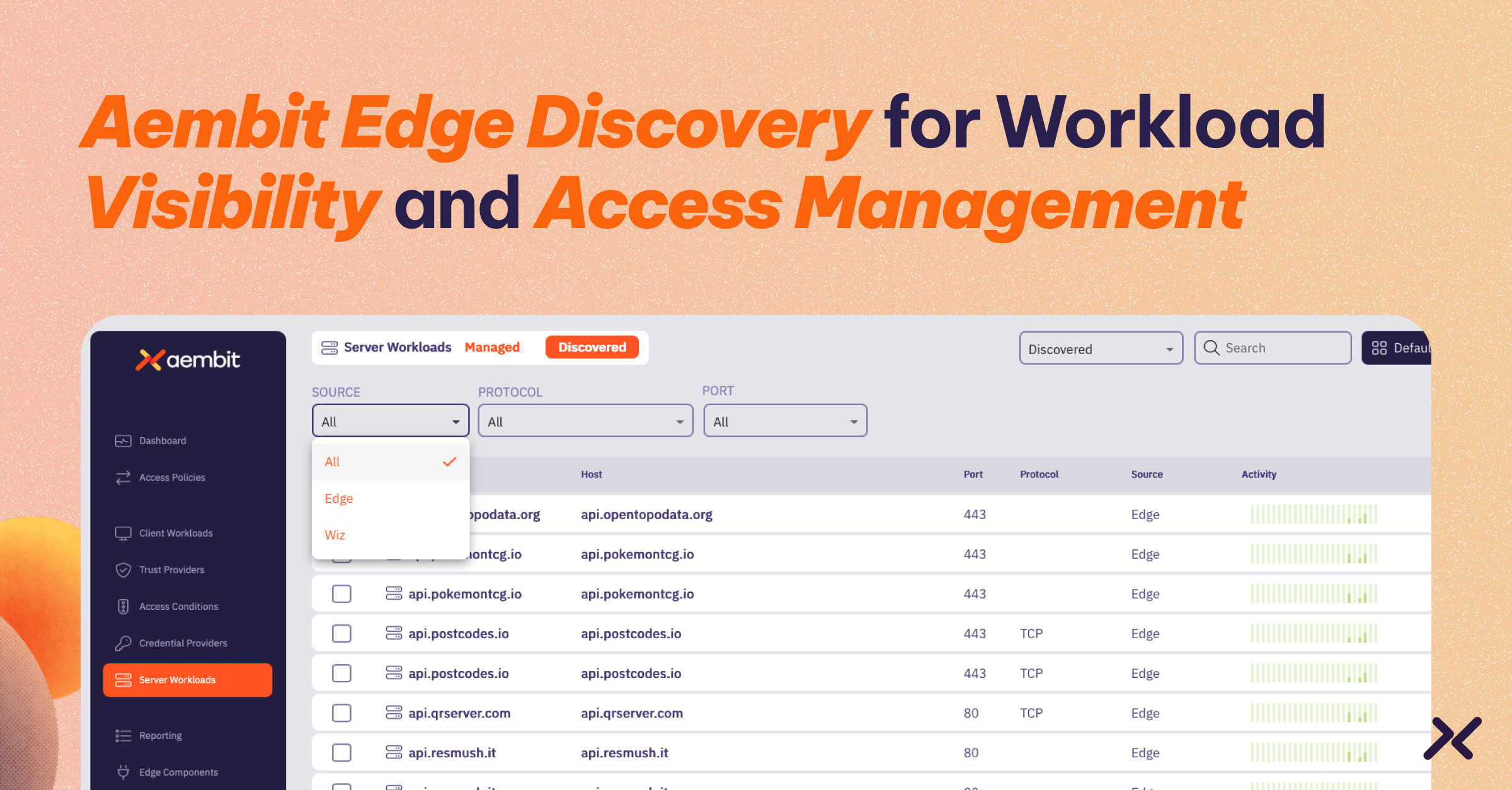As DevOps and cloud-native technologies grow, securing digital environments becomes more critical than ever. Organizations often face a dilemma: should they focus on non-human identity (NHI) governance or workload access management? Both are essential, but which one should take priority may surprise you.
Here’s a hard fact: There is no one solution that manages both non-human identity governance and simultaneously identity and access management. They are both large problems, but with very different technical solutions.
As a result, organizations need to balance their approach to these two technical challenges and determine what implementation will provide the best security and automation for their environment right now.
So how do you decide? Let’s break down the two sides of the equation.
What Is Non-Human Identity Governance?
Non-human identities refer to the service accounts, scripts, and automated processes that interact with various systems. These identities are integral to continuous integration/continuous deployment (CI/CD) pipelines, cloud resources, and automated workflows. Non-human identity governance involves providing visibility into these identities, ensuring they have appropriate access, and flagging issues such as underused or overused service accounts.
Strengths
- Simple Integration: As with many visibility solutions, NHI governance tools typically require admin-level, read-only access into your key environments. You can typically see “something” quickly.
- Auditability: Enhanced tracking and auditing capabilities for service accounts or service principals.
- Reduced Risk: Minimizes the risk of over-permissioned service accounts, which can be exploited.
Weaknesses
- Cloud-First, SaaS-Next, On-Prem-Unlikely: These solutions typically were designed around cloud, and need to build specific integrations for SaaS services. It is not clear if, or when, they will work with your on-premise environments.
- Visibility, Not Enforcement: NHI governance tools are not designed to provide policy-based enforcement of access rules among workloads, services, and applications.
- Limited Correlation: There is limited correlation between client workloads and service account identities. Especially if you are operating in multiple clouds, other environments, or even building services that permit your third-party partners to access data, NHI governance does not give you a way to verify the identity of the requesting system and correlate whether they should have access to sensitive data.
What Is Workload Access Management?
Workload identity and access management (WIAM) for non-human identities focuses on policy-based, identity-driven enforcement of access from applications, scripts, containers, and serverless applications to sensitive services. This approach ensures that only authorized workloads can interact with critical systems and data, while moving you toward secretless access.
Strengths
- Policy-Based, Centralized Control: Workload IAM unifies policies and automates management and enforcement.
- Automated Security: Ensures only authorized workloads can access sensitive resources, reducing the attack surface via real-time workload identity attestation.
- Enhanced Secure Access: Go secretless or effectively manage credentials. Workload IAM helps many applications move secretless and automates just-in-time delivery of secrets for other use cases.
Weaknesses
- Initial Setup: As a control plane solution that lets you enforce access among workloads, this requires more detailed integration into your software operating environment.
- Policy Management: Requires initial setup ongoing management to ensure policies remain up to date and effective. While the best solutions automate much of this work, it’s important to recognize that it still needs oversight.
Prioritizing Workload Identity and Access Management (IAM) vs. Governance for Nonhuman Identities
Common advice suggests starting with creating visibility, then addressing the issues that are identified.
However, there may be a different – and better – approach. While both non-human identity governance and workload IAM are essential, access management should be prioritized for known sensitive resources. Here’s why:
1) Critical Resource Protection: Access management directly protects financial databases, production infrastructure, and other sensitive environments from unauthorized access. You don’t need more visibility into these resources: You already know they are sensitive and that they need to be protected better to avoid sensitive credential exposure.
2) Unified Control: Centralized policy management simplifies enforcement across diverse environments, reducing the likelihood of misconfigurations.
3) Scalability: As organizations grow, workload IAM scales more efficiently, ensuring that security measures remain robust without becoming overly complex.
NHI Governance vs IAM for Workloads
Feature
| Nonhuman Identity Governance
| Workload Access Management
|
Environment | Specific Service Accounts, focused on cloud first, SaaS Second | Cloud, SaaS, On-Prem equal, with focus on client workload identities |
Risk Reduction | Enhanced service account tracking and auditing | Automates and Enforces authorized workloads accessing sensitive resources |
Scalability | Complex and error-prone as automated processes grow | Scales with the growth of services through infrastructure automation |
Initial Setup | Read-only access to admin accounts | Requires integration but delivers no-code auth for devs |
Remediation and Hardening Capabilities | Highlights issues but requires other tools to fix | Proactively hardens access via IAM and secretless credentials |
Final Takeaway
Both nonhuman identity governance and workload access management are vital components of a robust security posture. However, for known sensitive resources, prioritizing workload IAM is crucial. It offers centralized, scalable, and policy-driven control that directly protects mission-critical assets, ensuring that only authorized workloads have access, while automating the process of moving to secretless credentials. By focusing on workload access management, organizations can enhance their security while maintaining the flexibility and scalability needed in today’s dynamic environments.




